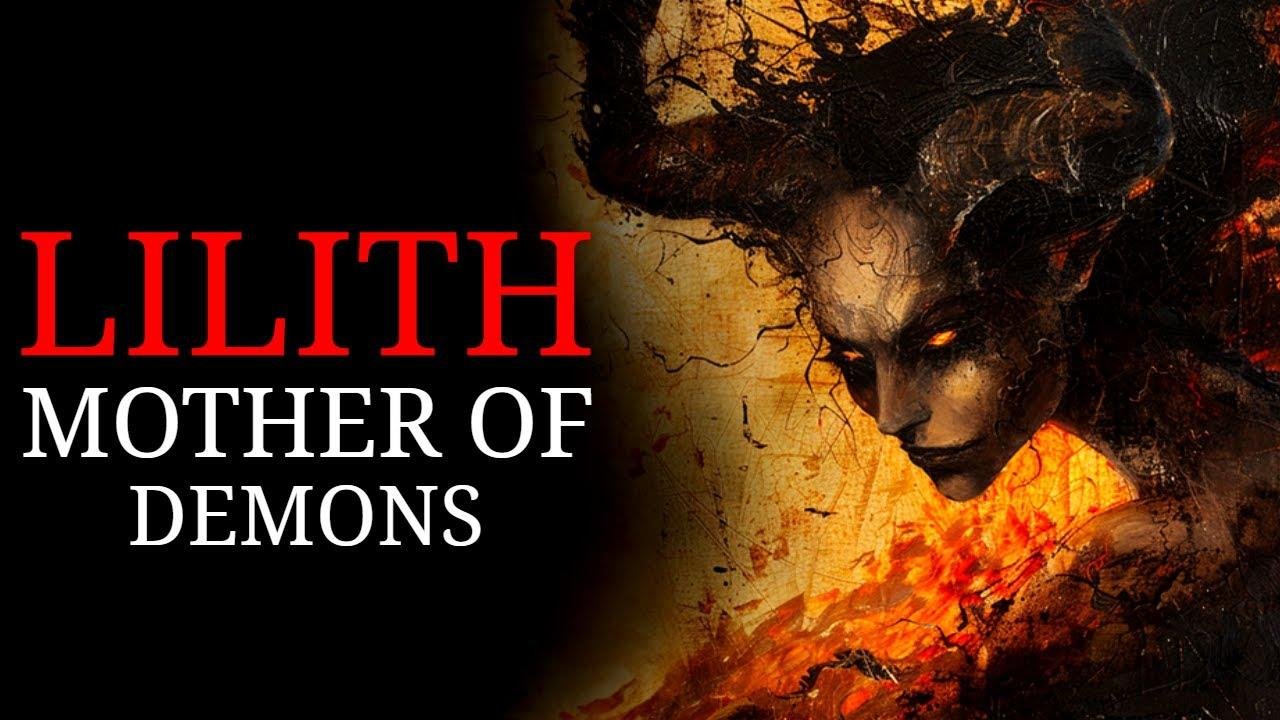Lilith, the original femme fatale or just a medieval myth? She's more than a demon; she's a dark force of legend. In Jewish folklore, Lilith is the independent, first wife of Adam who refused to play second fiddle. Punished for her defiance, she became the mother of demons, preying on newborns and men alike. But is she real? The truth may be darker than you think.
 The Midrash and Cabal
The Midrash and Cabal
Table of Contents
Lilith has been a figure of intrigue for centuries, her origins shrouded in mystery. According to the midrash, she was the first wife of Adam and a prominent presence in Jewish demonology. This is in direct conflict with the second Genesis account, sparking debates on the dual creation of mankind.
 The Tale of Adam and Lilith
The Tale of Adam and Lilith
In the story, both Adam and Lilith were created simultaneously and with equal power, leading to conflict. Lilith's refusal to adhere to God's command angered Adam, resulting in her departure to the Red Sea. The subsequent events involving angelic intervention and Lilith's transformation into a demon added a dark dimension to her character.
| Key Takeaways |
|---|
| - Lilith's mysterious origins in Jewish demonology |
| - Conflicting narratives regarding her relationship with Adam and divinity |
| - Transformation into a malevolent force through angelic intervention |
 The Demonization of Lilith
The Demonization of Lilith
Beyond the mythological accounts, Lilith's depiction as a winged, malevolent spirit draws parallels to Babylonian and Mesopotamian mythologies. The references to night demons and their predatory nature laid the foundation for the demonic entity Lilith was to become.
 The Origins of Lilith
The Origins of Lilith
The concept of Lilith as a night demon closely resembles other demonic entities in Babylonian mythology. This suggests that Lilith may not have been an individual, but rather a class of demon preying on newborns and men.
| Key Takeaways |
|---|
| - Lilith's association with night demons from Babylonian mythology |
| - A shift from an individual entity to a class of malevolent spirits |
| - Consistent predatory nature across mythological accounts |
 Lilith’s Legacy
Lilith’s Legacy
Despite the distinction between the medieval interpretation of Lilith and her roots in various mythologies, her portrayal remains consistent. Whether as an individual or a class of demons, Lilith's malevolent nature is mirrored in texts such as the Epic of Gilgamesh, solidifying her legacy.
 The Epic of Gilgamesh
The Epic of Gilgamesh
In this ancient Sumerian text, Lilith is portrayed as a malevolent force residing among the roots of a tree. This depiction aligns with her role in attacking newborns and perpetuates her image as a sinister presence.
| Key Takeaways |
|---|
| - Lilith's appearance in the ancient Epic of Gilgamesh |
| - Consistent portrayal as a malevolent entity across different mythological accounts |
| - Encounters with diverse mythological figures, cementing her legacy |
 Conclusion: Unraveling Lilith’s Myth
Conclusion: Unraveling Lilith’s Myth
The enigmatic figure of Lilith continues to captivate seekers of supernatural history. Whether individual or class, her portrayal as a demon preying upon the vulnerable remains consistent across different mythologies. Lilith's origin story, embroiled in mystique, adds layers to her enduring legacy.
For more supernatural history and mythological intrigue, be sure to follow our channel and hit subscribe!

![20 Minutes Till Dawn: Beginner’s Salvation! Using Evolved Weapons for Super Easy Builds [Solo Gameplay] #01](https://gamedeck.in/wp-content/uploads/2024/03/WP-20240313042506-881496-768x432.jpg)




